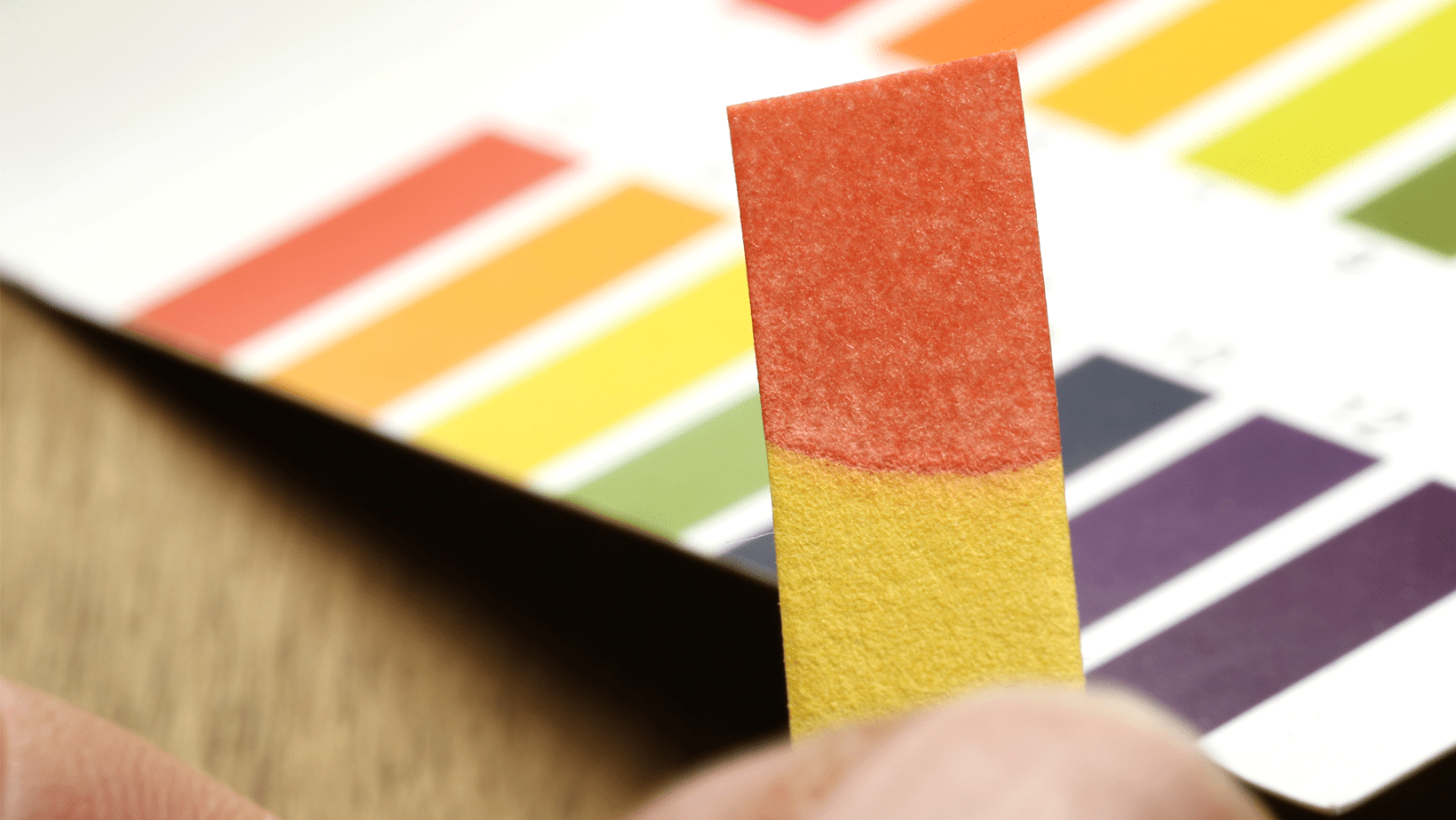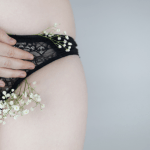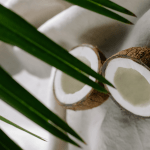You probably first learned about pH in middle school, when you used pH strips on different common household substances, such as baking soda, orange juice and soapy water. In your later years, chances are you haven’t thought about pH very much. But what if you learned that having the right pH in our mucous membranes is central to our health? That means the nose, mouth, gut, and vagina. To make everything even more complicated, the ideal pH differs in these regions significantly. And also, your external genitalia – the labia and vulva – have a different pH than the rest of your skin.
pH is a measure of how acidic something is. The lower the pH the more acidic and the higher the pH, the more basic.
| pH | pH after menopause | |
| Nasal cavity | 5.3 to 8.0 | |
| Vagina | 3.5 to 4.5 | > 4.5 |
| Labia / vulva | 4.5 to 5.5; ideally < 5.0 | Can increase with age |
| Skin | Ideally < 5.0 | Can increase with age to 7 or 8 |
The optimal labial pH range of 4.5 to 5.5 is higher than optimal vaginal pH (3.5 to 4.5). The reason being is that your “labial skin,” like the rest of the skin on your body, has a protective acid mantle that provides a barrier against the wrong bacteria and subsequent infection. Studies have shown that a pH of the skin, including labial skin, that is under 5.0, keeps the existing bacterial flora attached to the skin. Once the pH of your skin rises, these “good” bacteria detach.
So knowing that you want your labial skin and vulva to be slightly more acidic than the rest of your skin and more basic than your vagina, what are the things to know that can cause an imbalance in bacteria and acidity?
Firstly, you have bacteria in the vagina called Lactobacillus that helps keep the vaginal environment acidic. This helps balance the good bacteria and reduce the bad bacteria (such as E. coli) that can cause infection. When the vaginal pH is unbalanced then this allows bad bacteria, yeast or fungus to flourish.
Secondly, it is important to be aware of what changes pH of the vagina and external genitalia. So with saying that, what can change your pH levels?
- Semen – Semen is actually basic, so after sex, the pH of your vagina naturally increases and becomes more basic
- Menstrual blood – During your period, the pH of the vagina is also less acidic.
- Hormonal drops after pregnancy or after menopause – Hormonal decreases contribute to different bacterial growth. Lactobacillus start to die off if estrogen is not present and the result is that the vagina becomes more basic.
- Soaps and douching – Soap is alkaline (basic) unless specially formulated and douching removes the healthy bacteria in the vaginal tract. Using a pH balanced intimate cleanser is the optimal way to clean your genital region.
- Lubricants and vaginal moisturizers – It’s really important to use the right lubricant for your needs. If you are trying to get pregnant, you will want to use a lubricant that has a higher pH, e.g. 7 or 8. Acidity is not conducive to alkaline semen so using an acidic lubricant can be a barrier to pregnancy. Conversely, if you are 40 plus and perimenopausal or menopausal, you will need a lubricant or moisturizer that has a low pH between 3.5 and 4.5 for the vagina and between 4.5 and 5.5 for the labia. It’s why we formulated Mae and Cleo for optimal pH.
- Coconut oil and other natural oils – If you are using coconut oil as a lubricant or moisturizer, keep in mind that coconut oil has a high pH of 7 or 8. It feels great on the skin but it’s not a long-term solution for the genital tract and can erode the protective acid mantle over the long-term.
Thirdly, you can change your vaginal pH by eating probiotics and yoghurt to help maintain acidity. Remember that certain products such as lard, shortening or petroleum jelly are not designed to be used as a moisturizer. These products can contain contaminants, chemicals and are not pH balanced for the genital region.
It seems like a lot to remember but the easiest way is to think of your mucous membrane as one long tract that goes from your mouth to your gut to your vagina. The importance of keeping this tract healthy increases as we age. So, what do you want to put into your mouth, gut and vagina? Soap, petroleum jelly or natural ingredients that are edible and healthy? It is essential to use good, healthy products specifically designed for the vaginal tract and genital region. So, next time you pick up a vaginal product, look at ALL the ingredients and think: would I eat this and do I want this for my vagina, the most sensitive organ in the body?
Scientific articles:
Freedman, Murray: “Vaginal pH, estrogen and genital atrophy,”
Ambers, H: “Natural skin surface pH is on average below 5, which is beneficial for its resident flora.”
Washington, N. “Determination of baseline human nasal pH and the effect of intranasally administered buffers.”
YouTube videos:

















